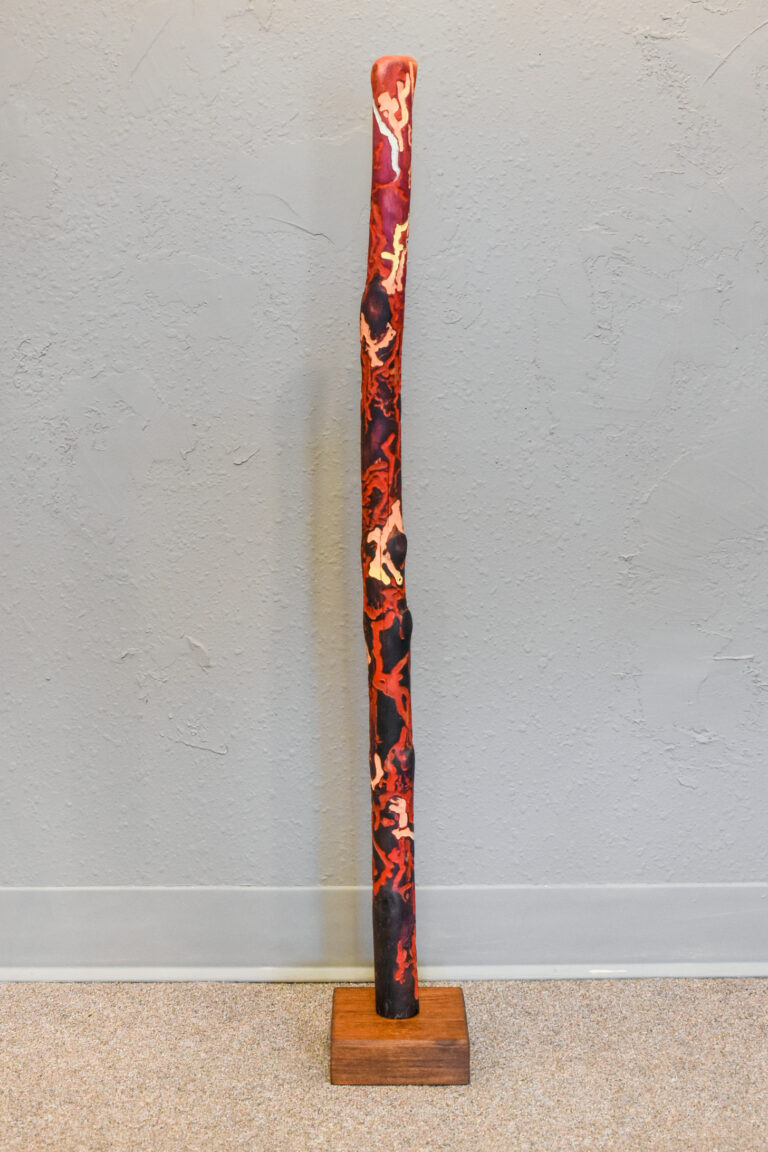Bunny Bowen:
Ask the TreesArtist ReceptionSunday, Aug. 11, 1 to 4pmWild Hearts Gallery221-B Hwy. 165, PlacitasArts Interview: The Art Found In Beetle Galleries
Bunny Bowen’s Beetle-Killed Trees


Clarke Condé

Clarke Condé

Clarke Condé








